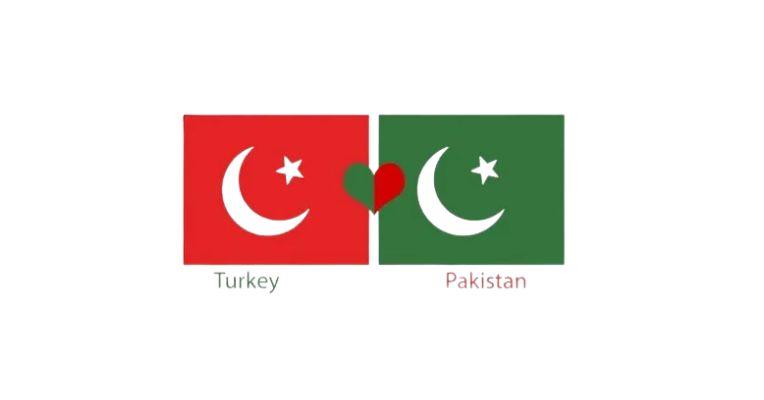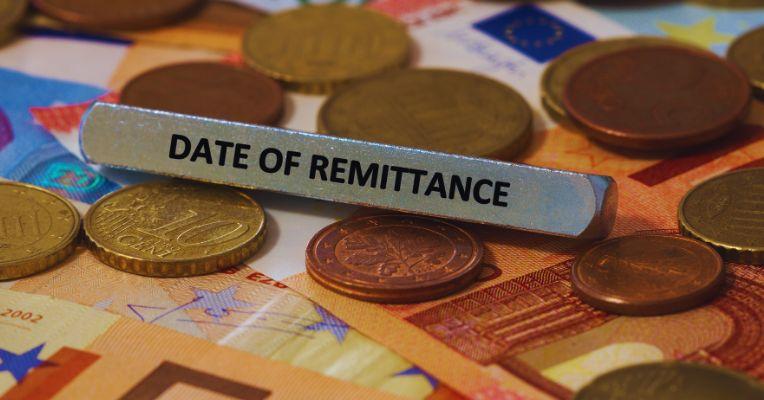The Pakistani government raised Rs1.65 trillion in an auction of Treasury Bills (T-bills) and Pakistan Investment Bonds (PIBs) on Tuesday. This was the first auction after the reduction of the interest rate by 200 basis points (bps) announced on December 16. Despite expectations that the T-bill yields would fall due to this rate cut, they remained steady. This shows that the financial market had already adjusted to the new rate.
We will explain how the government raised this large amount of money, what T-bills and PIBs are, and why the interest rate cuts are important for the country economy.
What Are T-Bill and PIBs?
Before diving into the auction details, let’s first understand what T-bills and PIBs are:
- T-Bills (Treasury Bills): These are short-term government bonds that the government sells to raise money. T-bills are generally sold for 3 months, 6 months, or 12 months, and the government pays back the principal with interest once the bills mature.
- PIBs (Pakistan Investment Bonds): These are long-term bonds issued by the government. PIBs are sold for periods of 3, 5, 10, or 15 years. The government pays interest to bondholders periodically until the bond matures.
How Did the Government Raise Rs1.65 Trillion?
In this auction, the government raised money by selling both T-bills and PIBs. Let’s break down how much was raised from each:
T-Bills Auction Results
The government raised Rs826.5 billion through the sale of T-bills. Here is a breakdown of the T-bill auction:
| Tenor (Duration) | Amount Raised (Rs Billions) | Cut-off Yield |
|---|---|---|
| 3-month | 366.85 | 11.99% |
| 6-month | 200.90 | 11.99% |
| 12-month | 258.70 | 12.29% |
- 3-month T-bills: Rs366.85 billion was raised at an interest rate of 11.99%.
- 6-month T-bills: Rs200.90 billion was raised at 11.99% interest.
- 12-month T-bills: Rs258.70 billion was raised at 12.29% interest.
PIBs Auction Results
The government also raised Rs723 billion by selling PIBs. Here’s the breakdown of the PIB auction:
| Bond Type | Amount Raised (Rs Billions) |
|---|---|
| 10-year PIB | 716.5 |
| 5-year PIB | 6.5 |
| Total PIBs Raised | 723 |
- 10-year PIBs: The government raised Rs716.5 billion.
- 5-year PIBs: Rs6.5 billion was raised.
No bids were accepted for the 3-year PIB bonds.
Total Money Raised
In total, the government raised Rs1.645 trillion, which includes both T-bills and PIBs:
| Auction Type | Amount Raised (Rs Billions) |
|---|---|
| T-bills | 913 |
| PIBs | 732.5 |
| Total | 1,645 |
This amount will help the government fund its budget and pay off previous debts.
Why Did the Interest Rates Stay Stable?
The government raised a large sum despite a 200bps cut in interest rates. This is because financial experts had predicted that the yields (interest rates) on T-bills would fall after the rate cut. However, the yields stayed stable, which means that the market had already adjusted to the new interest rate before the auction took place.
According to experts, the cut in the interest rate brought T-bill yields closer to 12%, reducing the gap between the rates in the last auction. This suggests that the market had already factored in the interest rate cut.
Tahir Abbas, an expert at Arif Habib Ltd, predicted that there might be another small interest rate cut in the next few months, but after that, the central bank might pause further cuts because inflation is expected to increase after May.
Interest Rate Cuts and Their Impact
The reduction in interest rates is part of the State Bank of Pakistan (SBP) effort to lower borrowing costs and stimulate the economy. The SBP had already cut interest rates several times this year, reducing them by 900 basis points in just six months. This aggressive rate reduction is a response to the fall in inflation, which is a sign that prices are stabilizing.
Experts predict that the inflation rate could drop further in December, possibly reaching 4%. However, after that, inflation may rise again, so the central bank is expected to pause any further cuts.
Government Borrowing Preferences
The results of this auction show a shift in how the government is borrowing money. The government raised more money from PIBs, which are long-term bonds, rather than from T-bills, which are short-term. This suggests that the government is focusing more on long-term borrowing to reduce the burden of short-term debt.
However, the government did not meet its target for T-bills. The target was to raise Rs1.2 trillion, but they only raised Rs913 billion. This is below the amount needed to pay back maturing debt, which was Rs1.565 trillion.
Summary
The government raised Rs1.65 trillion in an auction of T-bills and PIBs. The interest rates on these bonds remained stable despite a recent reduction in the policy rate. This stability shows that the market had already adjusted to the interest rate cuts. The shift towards long-term borrowing also highlights the government’s strategy to manage debt more effectively in the future.
This large amount raised through these bonds will help the government finance its budget and address its financial needs. It also reflects confidence in Pakistan financial system and the government’s ability to manage its debts effectively.
Key Takeaways
- What Are T-Bills and PIBs? T-bills are short-term government bonds, and PIBs are long-term government bonds.
- How Much Was Raised? Rs1.65 trillion was raised through T-bills and PIBs.
- Why Did Yields Stay Steady? The market had already adjusted to the recent interest rate cuts by the central bank.
- Government’s Borrowing Strategy: The government focused more on long-term borrowing by raising more money from PIBs than from T-bills.





